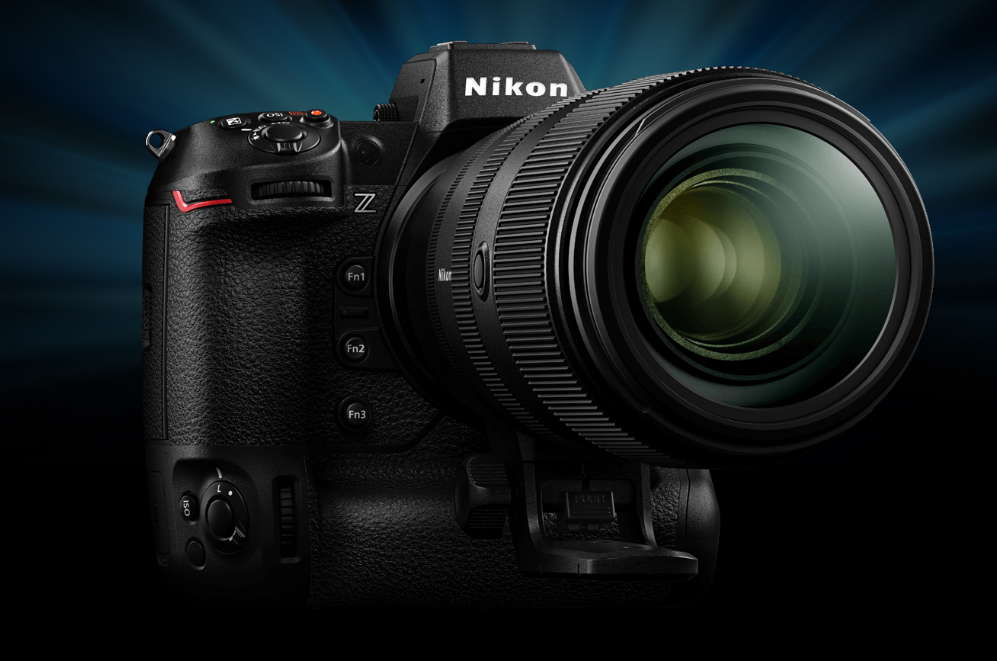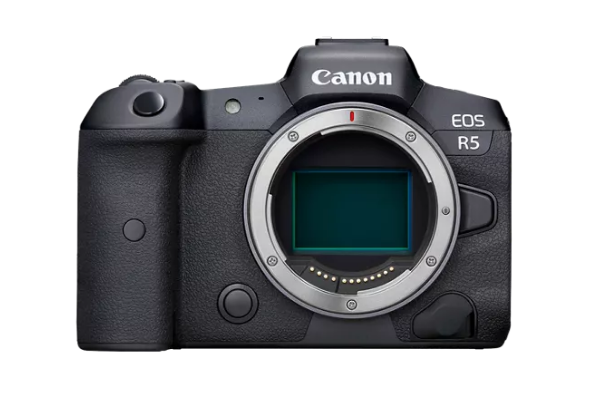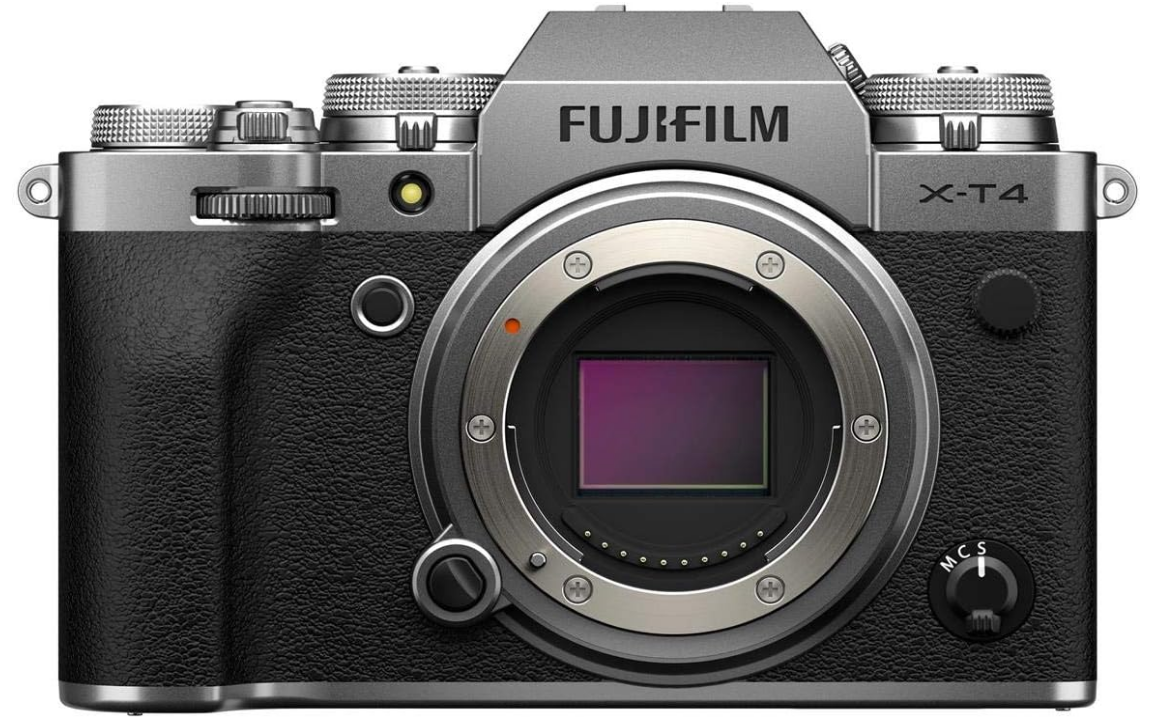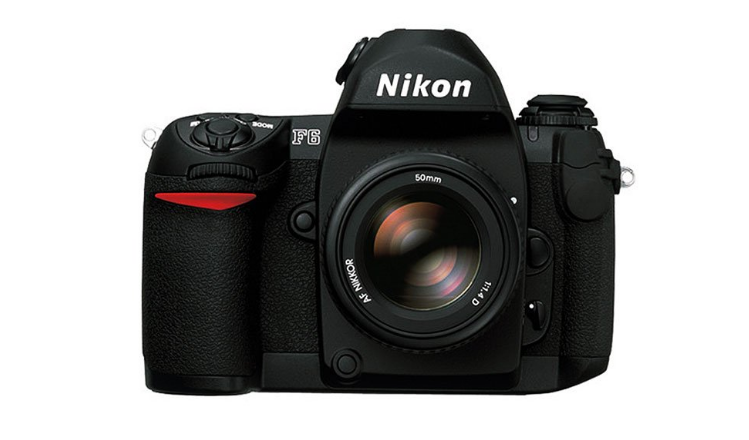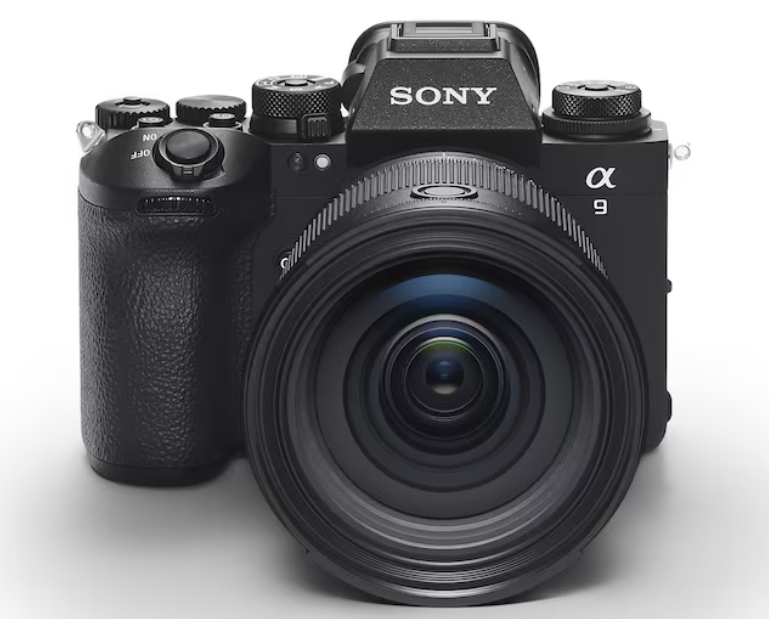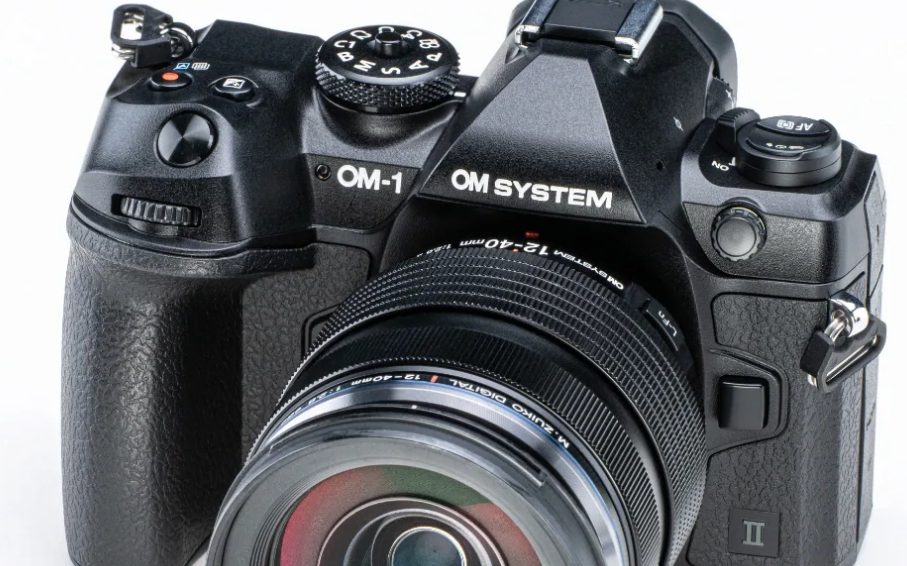Best Camera For Wildlife Photography 2025: Complete Guide
Wednesday 15 May 2024
 1.4k
1.4k
 Reproduction without the author's authorization is prohibited
Reproduction without the author's authorization is prohibited
Choosing the best camera for wildlife photography involves considering several factors such as the camera’s speed, autofocus system, sensor size, and durability. Here’s a comprehensive guide to help you select the right equipment for capturing stunning wildlife images.
Suitable Camera for Wildlife Photography
For wildlife photography, a camera with a fast autofocus system, high continuous shooting speed, and good low-light performance is ideal. Both DSLR and mirrorless cameras are suitable, with mirrorless models offering advantages in weight and size.
Suitable Lens for Wildlife Photography
A telephoto lens with a focal length of at least 300mm is recommended for wildlife photography. Lenses with fast apertures (e.g., f/2.8 or f/4) are preferable for their ability to focus quickly and perform well in low light.

Best Cameras for Wildlife Photography by Brand
Please note that when recommending cameras suitable for wildlife photography I cannot recommend corresponding lenses. Because everyone’s budget and preferred lens brand are very different. Generally speaking, an autofocus lens with zoom and a large aperture is the ideal choice. But such a lens will be very expensive. When you are on a budget, please give priority to a telephoto lens, especially for bird photography enthusiasts. Because for wildlife photography, being able to photograph is the primary goal.
Best Nikon Cameras for Wildlife Photography
The Nikon Z9 is highly recommended for its fast autofocus and high-resolution full-frame sensor.The Nikon Z9 is a formidable tool for wildlife photography, boasting a 45.7MP full-frame stacked CMOS sensor and 20 FPS capture of high-resolution RAW images, allowing photographers to choose both speed and detail without compromise. Its robust build and advanced autofocusing system, which promises performance surpassing the Nikon D6, are ideal for capturing fast-moving subjects in nature. The camera’s deep-learning AI can recognize and track a variety of subjects including animals and birds, ensuring sharp focus even in complex scenes. Additionally, the Z9’s high-speed buffer and dual card slots support extended shooting sessions in the wild, while its weather-sealed body stands up to challenging environments, making it a top choice for wildlife photographers who demand precision, speed, and reliability.
Best Canon camera for wildlife photography
The Canon EOS R5 stands out for its exceptional autofocus system and image quality. The Canon EOS R5 is a highly acclaimed camera for wildlife photography, thanks to its 45 megapixel full-frame CMOS sensor and 20 fps continuous shooting capability with the electronic shutter, which is perfect for capturing the fleeting moments in the wild. Its Dual Pixel CMOS AF II system covers approximately 100% of the frame with 1,053 autofocus areas, ensuring sharp focus on moving animals. The R5 also features 8K video recording and up to 8 stops of image stabilization, allowing for stunning video capture and sharp images even in handheld shooting scenarios. Moreover, the camera’s high ISO performance and dual card slots make it a reliable choice for long photography sessions in various lighting conditions, ensuring that wildlife photographers won’t miss a shot.
best Fujifilm camera for wildlife photography
The Fujifilm X-T4 is praised for its speed and image stabilization, making it great for wildlife photography.The Fujifilm X-T4 is a versatile camera that excels in wildlife photography due to its 26.1MP APS-C X-Trans CMOS 4 sensor and 15fps continuous shooting with the mechanical shutter, capturing the dynamic essence of wildlife in stunning detail. Its 5-axis in-body image stabilization ensures sharp images even with handheld shooting, crucial for tracking animals in their natural habitat. The X-T4’s improved AF algorithm enhances its autofocus capabilities, making it adept at locking onto and following fast-moving subjects. Additionally, the camera’s weather-sealed body offers durability in various outdoor conditions, and the vari-angle touchscreen provides flexibility in composing shots from challenging angles, making it a reliable companion for wildlife photographers.
best Film camera for wildlife photography
While not commonly used for wildlife photography today, film cameras like the Nikon F6 can still be used with a suitable telephoto lens. For wildlife photography using a film camera, a model that is often recommended is the Nikon F6. It’s praised for its durability, advanced metering system, and autofocus capabilities which are crucial for capturing wildlife in action. The F6 also offers a 5.5 frames per second continuous shooting speed, which is beneficial for shooting fast-moving subjects. Additionally, its compatibility with a wide range of Nikon lenses, including telephoto lenses essential for wildlife photography, makes it a versatile choice. The robust build quality and weather-sealing ensure it can withstand the rigors of outdoor photography, making it a reliable option for film enthusiasts venturing into wildlife photography.
best Sony camera for wildlife photography
The Sony A9 III is valued for its high-speed performance and reliable autofocus, suitable for capturing fast-moving wildlife.The Sony A9 III is a groundbreaking camera for wildlife photography, featuring a 24MP full-frame stacked CMOS sensor with a global shutter, eliminating the “jello effect” and ensuring sharp images of fast-moving subjects. Its 759-point phase-detection autofocus system with real-time eye AF provides tenacious tracking capabilities, essential for capturing animals in motion. The camera boasts an impressive 20 frames per second continuous shooting with no blackout, and for extreme action, it can reach 120 fps bursts, allowing photographers to freeze even the most rapid movements in exquisite detail. The A9 III’s high-resolution OLED viewfinder and 1/80000s shutter speed cater to bright conditions and creative flash use, making it a top-tier choice for wildlife photographers who require speed, precision, and high-quality imagery.
best Olympus camera for wildlife photography
The OM SYSTEM OM-1 mark 2 is recommended for its portability, ruggedness, and effective in-body image stabilization.The OM SYSTEM OM-1 Mark II is a powerhouse for wildlife photography, boasting features that cater specifically to the needs of outdoor and nature photographers. Its enhanced AI Subject Detection AF ensures precise and reliable focus on moving subjects, crucial for capturing wildlife in action. The camera’s 120fps burst shooting capability, coupled with a double buffer size, allows photographers to capture fleeting moments without missing a beat. Additionally, the 8.5 stops of in-body image stabilization enable shooting at slower shutter speeds without a tripod, perfect for tracking animals in their natural habitat. The OM-1 Mark II’s compact and rugged build, with IP53-certified weather sealing, makes it an ideal companion for the unpredictable conditions of wildlife photography. These features, along with the 2x crop factor of the Micro Four Thirds system, which provides extended reach for distant subjects, make the OM SYSTEM OM-1 Mark II a top-tier choice for capturing the beauty and spontaneity of wildlife.
Best Full Frame Camera for Wildlife Photography
Full-frame cameras like the Canon EOS R6 Mark II offer excellent low-light performance and a larger sensor for a shallow depth of field, which is beneficial for isolating subjects from the background.
Best APS-C Camera for Wildlife Photography
APS-C cameras are often favored for wildlife photography due to their crop factor, which effectively extends the reach of telephoto lenses, providing a closer view of distant subjects without the need for larger, heavier lenses. This makes them ideal for capturing detailed images of wildlife from afar. Additionally, APS-C cameras tend to be more compact and lighter, making them easier to handle during long photography sessions in the field.
For those interested in wildlife photography, I recommend the Canon EOS R7. It’s a versatile camera that combines the portability of an APS-C sensor with the advanced features and performance necessary for capturing fast-moving wildlife. Its reliable autofocus system, high burst rate, and compatibility with a range of telephoto lenses make it a strong choice for both amateur and professional photographers looking to bring their wildlife photography to the next level.
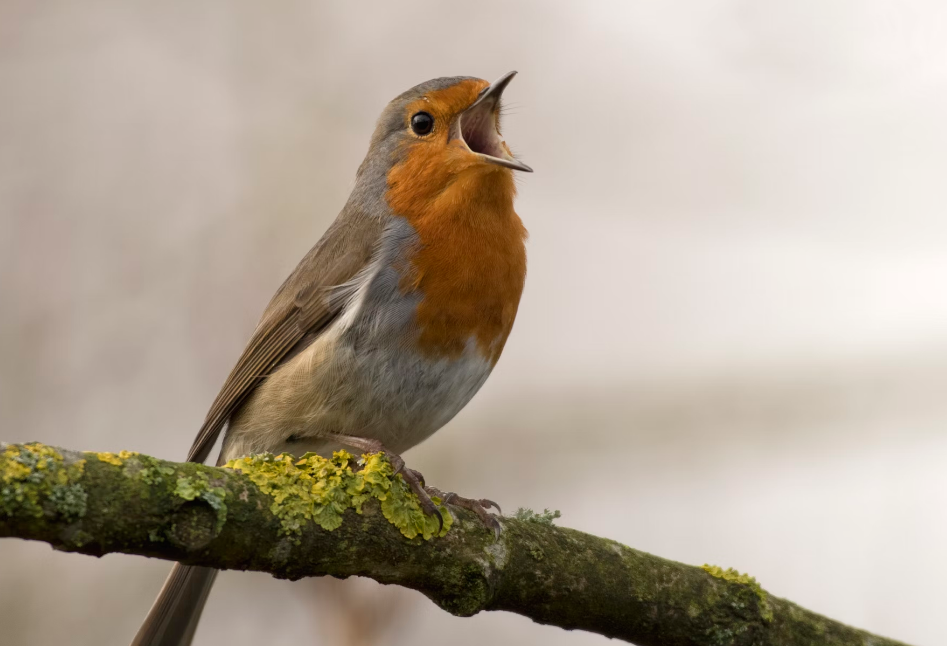
Best Medium Format Camera for Wildlife Photography
Medium format cameras, while offering superior image quality and resolution, are less commonly used in wildlife photography primarily due to their larger size and weight, which can be cumbersome in the field. They also tend to have slower autofocus systems and reduced burst shooting capabilities, which are critical drawbacks when capturing fast-moving subjects. Additionally, the limited range of telephoto lenses and the higher cost of medium format systems make them less practical for the specific demands and often unpredictable conditions of wildlife photography.
Summary
Wildlife photography is a very popular hobby with a certain threshold. There are also some requirements for equipment for wildlife photography. However, equipment is always just a tool for your creation. As long as you love wildlife photography, all the equipment you have will not be an obstacle to your creation. Of course, if you prefer landscape photography to wildlife, check out this blog:https://www.kfconcept.com/blog/best-camera-for-landscape-photography.html.
Statement: all contents and remarks made by K&F CONCEPT 's intranet friends only represent themselves and do not reflect any K&F CONCEPT 's opinions and views.
-
 Canon releases PowerShot V1 camera, 22.3mp 1.4-inch CMOSThursday 20 February 2025
Canon releases PowerShot V1 camera, 22.3mp 1.4-inch CMOSThursday 20 February 2025 -
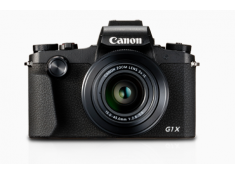 Canon PowerShot V1 camera specsWednesday 19 February 2025
Canon PowerShot V1 camera specsWednesday 19 February 2025 -
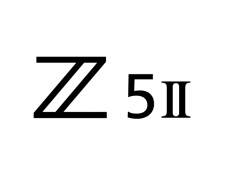 Rumored:Nikon Z5 II specsMonday 17 February 2025
Rumored:Nikon Z5 II specsMonday 17 February 2025 -
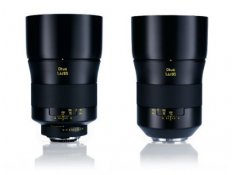 Zeiss announcing a new Otus for mirrorless camerasFriday 14 February 2025
Zeiss announcing a new Otus for mirrorless camerasFriday 14 February 2025 -
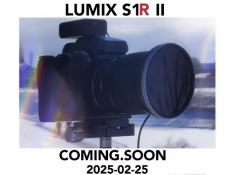 LUMIX S1RII first spy photoWednesday 12 February 2025
LUMIX S1RII first spy photoWednesday 12 February 2025



